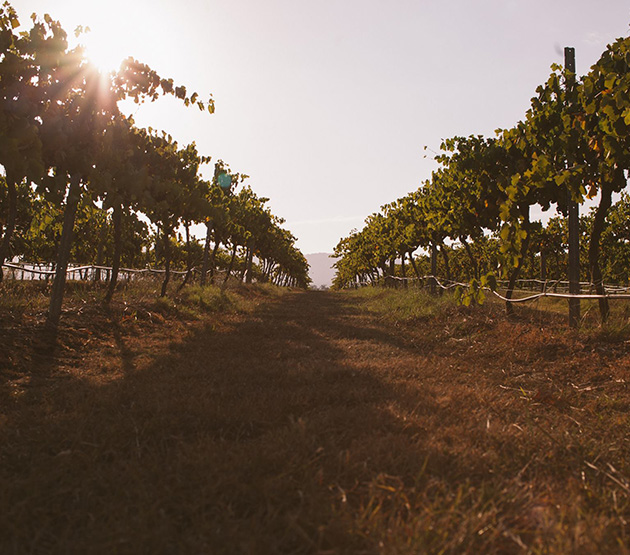Tasmanian researchers’ three-year study into the effects of climate change on the Australian wine industry gives wine businesses insights and planning tools for managing these changes.
With a 2020 vintage ravaged by bushfires and floods in many regions, there’s no question that extreme weather conditions can play havoc on a wineries ability to market their brand. Supply of grapes, quality and timing certainly are often outside of the winemaker’s control. As we look into the future, research on climate change and its effects on wine grape growing is able to shed light on the likely changes to particular viticultural regions in Australia. There were fascinating insights in the newly published Climate Atlas report commissioned by Wine Australia and released this week.
University of Tasmanian scientists, Tom Remenyi and co-authors of the Climate Atlas predict that all regions will experience large changes in the 80-year time horizon. The modelling used to make the projections on temperature, rainfall, aridity and frost across the 71 wine growing regions has drawn on well-established and proven global climate models using a high-emissions scenario.
The full report is available free via the Wine Australia website. Australian wineries are the first in the world to have access to this detail on a practical level that will allow decisions to be made based on the most granular details by region.
Managing the change
Many winegrowers have been thinking of the future already, making changes to site selection, choosing grape varieties that suit higher-temperature and drier growing conditions and thinking about irrigation and frost management techniques. The Climate Atlas will enhance the level of knowledge across the regions and in particular, allow growers in one region to compare across regions that may already be experiencing similar climatic conditions. This will help to plan for the future and help to ensure that future planning considers how to evolve styles and varietals.
Marketing in a time of climate change
What do the consumers in Australia want or need to know about the Climate Atlas? We already think of our wine as ‘clean and green’, however, some wineries are getting great engagement with their efforts in making great wine using sustainable and even carbon-neutral methods. Putting in solar arrays? Let your customers know? Using a new recycling technique for glass or cardboard? Tell the market why and how this makes your brand a beacon for sustainability. Helping consumers to understand the challenges your brand is facing and educating them on how you are responding certainly has merit.
Thinking about the impact of transportation on the carbon footprint? Have you thought about alternative packs for your products? As well as an 80-year projection for the climate impacts of growing wine, as sellers and brand owners, we also need to be cognisant of the growing sentiment amongst consumers for a wine that treads lightly on the earth. It’s all about being consumer led and planning for the future…
Image Source: Wine Australia







